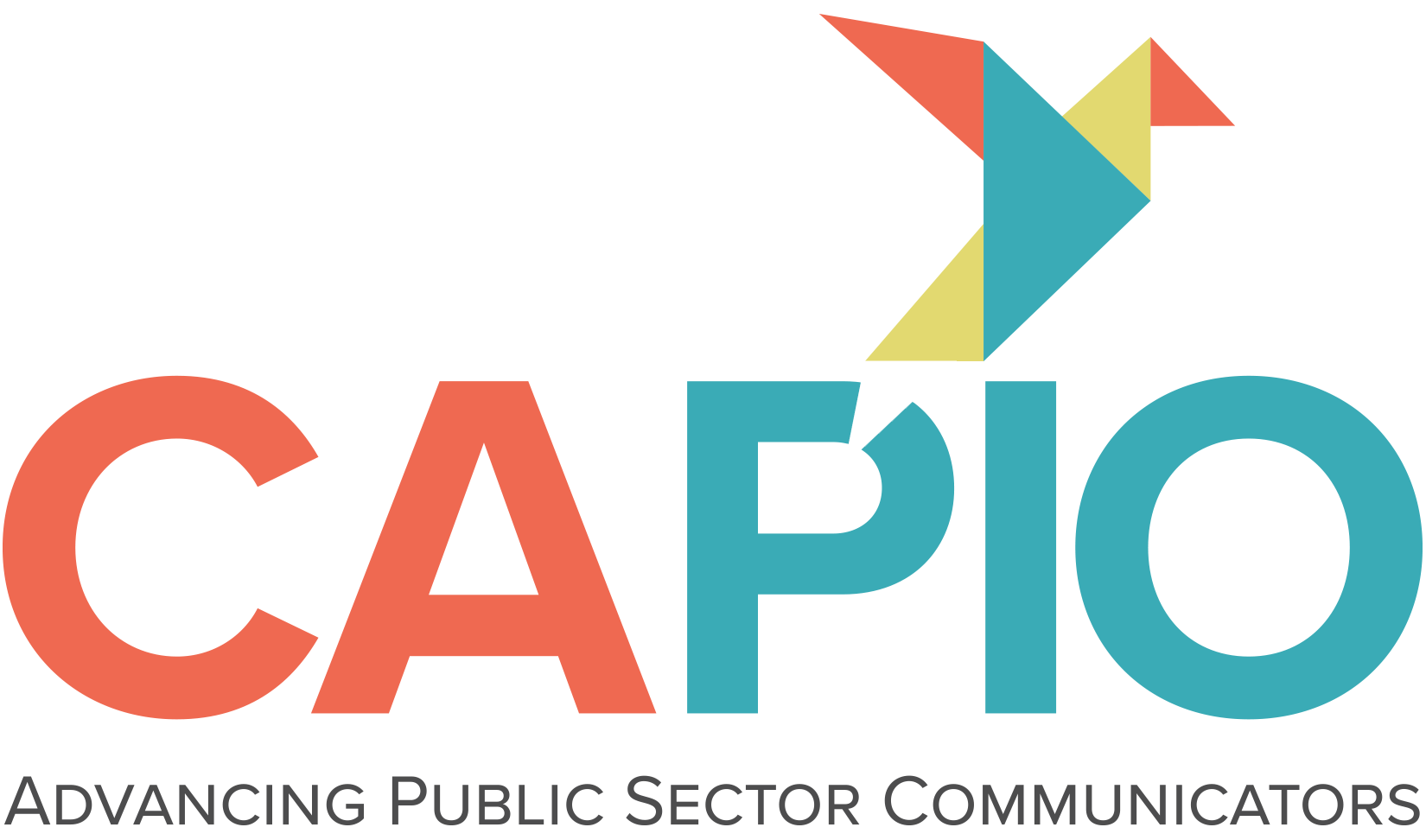Tips for going the extra mile for your communities
By Brie Anne Coleman, Multimedia Specialist, Placer County Water Agency
According to Grammarist, to “go the extra mile” means “to go above and beyond what is expected,” “to make a bigger effort than is required,” or “to exert special energy to accomplish something.” In other words, those who are willing to invest additional effort and energy distinguish themselves in their chosen fields and endear themselves to their fellow colleagues and customers.
So what does that look like for us communicators? Well, that depends on our message, means of communication, and the audience. Regardless, if you come from the mindset of making someone’s day better, understanding what they want, and acting upon it, you will most likely get a great response. Just a little bit of extra effort and care can yield huge rewards.
Here are some tips to help you go the extra mile for your communities:
Be relevant
Whether your communications are entertaining in nature or serious in scope, if they are relevant and precise, you will get a great response. Think about what your audience wants to hear and speak to that. Communicating with the public is essential in our roles, but when it’s done with empathy and aims to appeal to your community, it shows your organization values community and individual views.
By monitoring your social media statistics and insights, you can learn about what kind of content your audience is reacting to, when they’re online, and demographics of who is looking at your posts. This information brings greater awareness into your audience. By responding to trends and understanding what is meaningful to them, you can earn the attention of the communities you need to reach.
Simplify big concepts
Sure you can ramble off technical terms and throw out numbers in an effort to provide facts, but don’t lose your audience in the weeds! With attention spans at all time lows (approximately 7seconds) and massive information overload, it is critical to cut through the noise by crafting a simple and easy to digest message.
Case in point: the California State University created a 7-second animation to visually show the power and community of the CSU. They worked with their design team to create a social media message using the 23 powerhouse campus’ pennants to tell the story that their campuses throughout California make up one united university.
On Twitter alone, this message has been shared by many, including legislators, campus partners, students, faculty, and alumni. The University offices have also displayed this successful animation on public monitors, websites, and other promotional collateral: https://twitter.com/calstate/status/1217846609947643905?s=20
Find ways to giveback
Create opportunities to get directly involved with your communities and make a positive difference in the lives of the people around you.
When people in your organization help the community, it not only humanizes your agency but also reminds the public we are all a part of that same community in which we serve. Giving back is a great way to break down barriers that some may see between the public and a government agency.
Placer County Water Agency (PCWA) has developed their own Community Giveback Committee. The committee is charged with organizing fun ways for employees to contribute to local charities. Employees participate in cook-off competitions, set goals for collecting donation items, and group-up for hands-on volunteer service opportunities. Each quarter, the committee focuses on a charity that employees have voted for over the previous year, allowing PCWA to reach a wide variety of local organizations, benefiting a multitude of efforts throughout the community.
Enhance conversations
Social media posts that feature photographs of local businesses, beautiful scenery, or delicious looking food can make anyone stop and look. But when you share someone else’s post of these things, it can elevate their photographs, becoming a part of a bigger community conversation while amplifying impact.
Taking a page from Placer County’s playbook, the county regularly shares their favorite community photos on the official Instagram page. To take it a step further, Placer County includes a “Photo of the Week” in their newsletter blasts, from people who include hashtags, such as #VisitPlacer and #PlacerLife, which spotlights photos taken throughout their county.
Acknowledging local posts from your residents or customers is a great way to engage in conversation with your community.
Make ‘em laugh
According to a study done by USC Annenberg’s School for Communication and Journalism, comedy is the best way to get people’s attention. In other words, “funny” matters.
When the time is appropriate, of course, evoking a few chuckles can be a great way to give your community some good vibes and increase your rapport. Emotions are contagious and by offering a positive experience, your audiences will be more likely to remember your content.
By now you have probably seen some videos on YouTube or social media of lip sync battles between fire departments or other public works departments, which are very popular and highly shared. These kinds of posts can offer more than a few minutes of pure laughter, they can offer a new look at a government agency while humanizing the “man behind the curtain”, so to speak.
Create a meaningful sense of place
Ask yourself how you can allow more of your community to get involved with the service you provide. Is there a class you can offer? A tour you can host? An interactive feature you can build? Peter Kageyama, speaker and author of For the Love of Cities, shares a story of a city who turned an old fountain into a beach! Abandoned fountains have been transformed into family playspaces, complete with sand and toys for kids, lounge chairs for parents, and even a bonfire pit! Other types of “Love Notes”, as he likes to call them, that cities can give include murals, dog parks, and pocket parks; all small and simple gestures, but important for creating interactions and a sense of well-being around the community.

